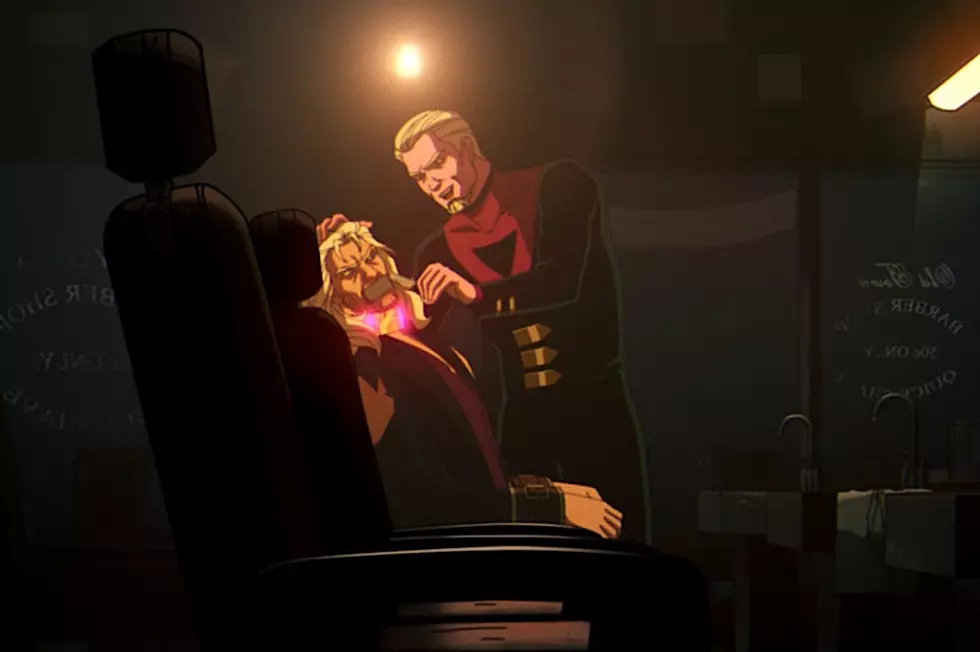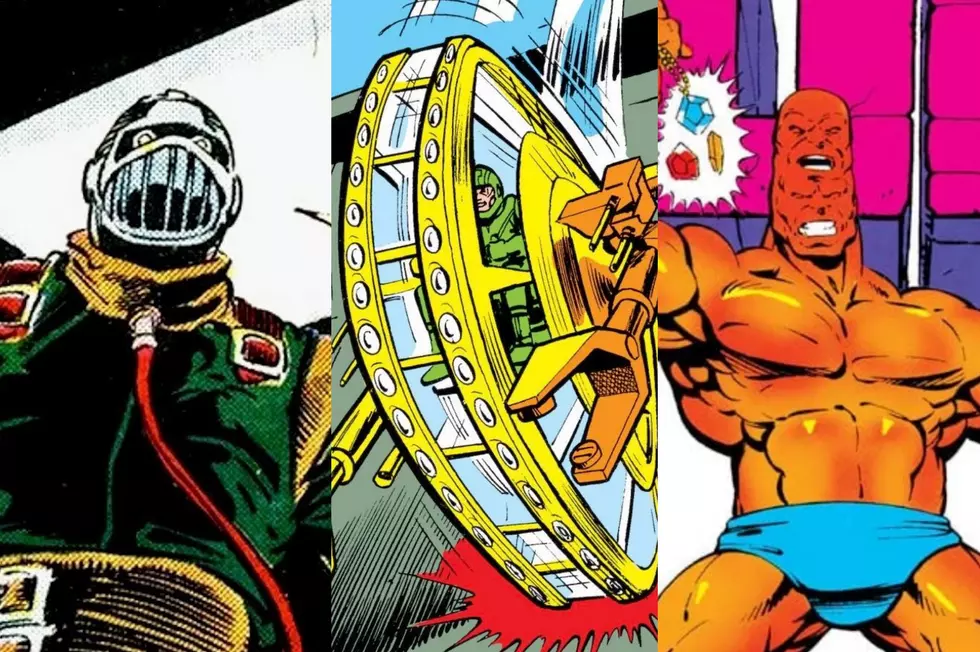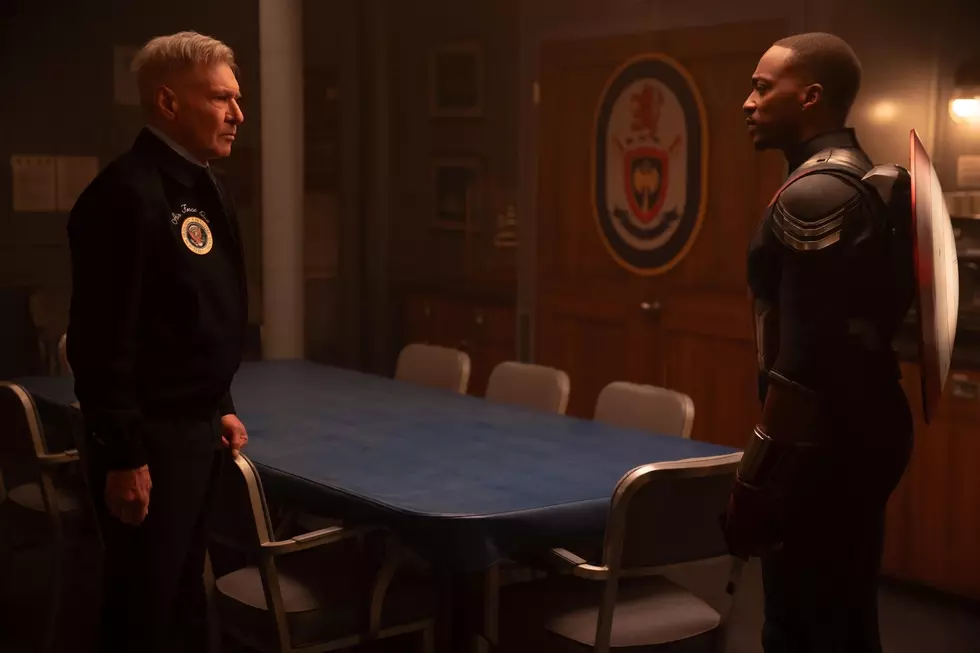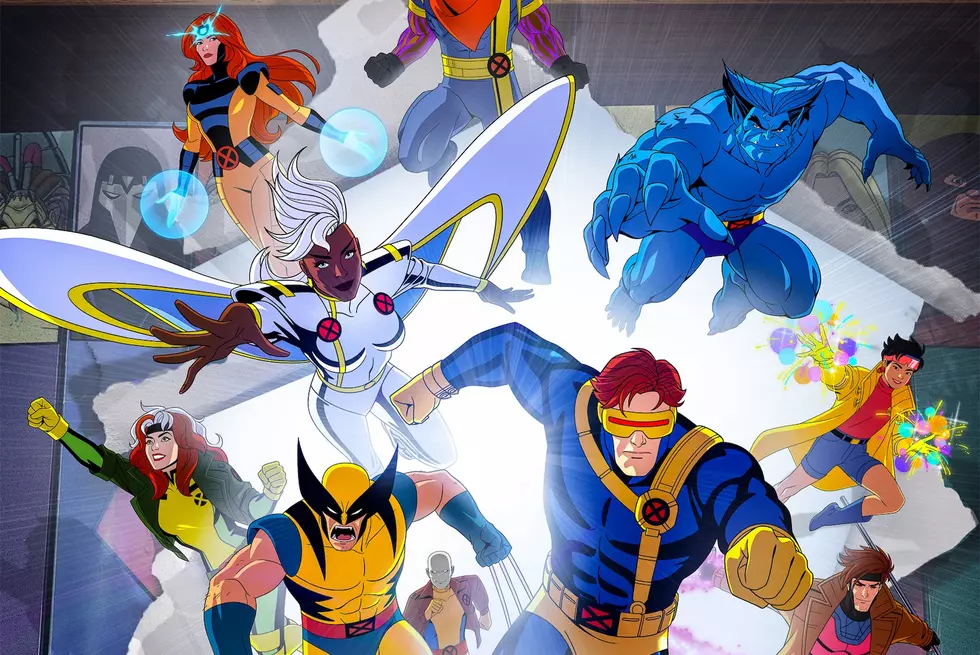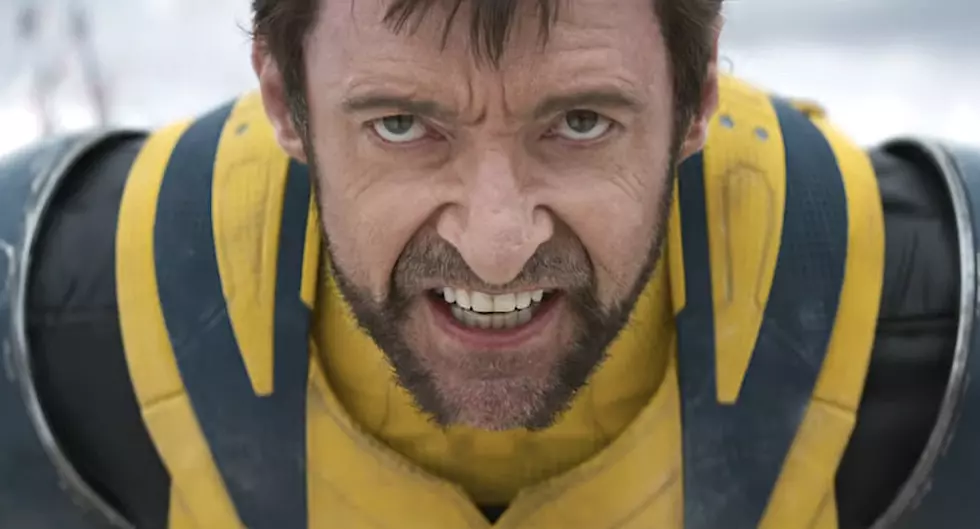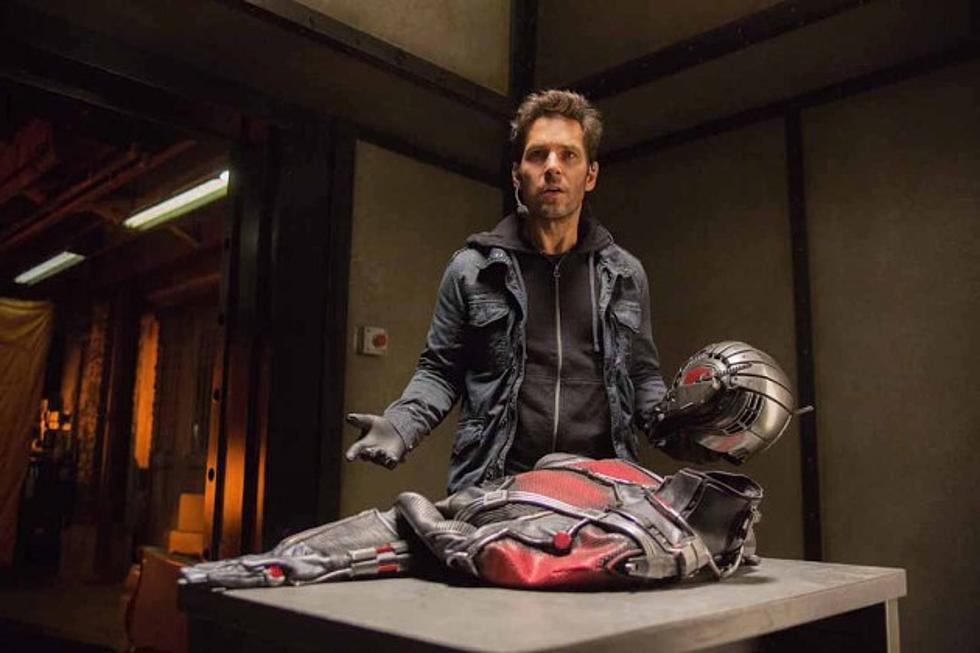
‘Ant-Man’ Review: A Marvel Movie of Frustratingly Small Pleasures
Marvel is all about bigness.
In the last couple years, the comic-book company turned Hollywood goliath has become synonymous with a kind of blockbuster that’s so large it metastasizes beyond its own borders. Marvel doesn’t make movies; they make universes. But you can paint yourself into a corner by perpetually trying to top yourself. At a certain point, how much bigger can you get?
That’s why Ant-Man is, at least on paper, such a canny change of pace for Marvel, particularly after the enormity of Avengers: Age of Ultron. The film finds the studio in a back-to-basics mood, presenting another story, like Iron Man (and Iron Man 2 [and Iron Man 3]), about heroic idealists trying to keep dangerous technology out of the hands of greedy industrialists. Maybe it’s a bit too basic, though. There’s nothing distinctive or idiosyncratic about Ant-Man, which plays less like Marvel trying something different than Marvel trying the same thing on a budget. A few brief flashes of sarcastic wit aside, it’s as generic as comic-book movies come.
The title is a bit of a misnomer; technically there are two Ant-Men on hand, although one is retired by the time the film begins. That would be Dr. Hank Pym (Michael Douglas) the inventor of “Pym Particles,” an advanced chemical that can close the gaps between atoms and shrink the wearer of a special protective suit down to the size of a bug. It’s not much of a power for a superhero, but it’s an ideal ability for a super-spy. Recognizing the inherent threat posed by his powers, Pym retired from his covert government work decades ago. But in the present day his old protégé Darren Cross (Corey Stoll) threatens to recreate Pym Particles and sell them to the highest (and most evil) bidder. To keep his technology from falling into the wrong hands, Pym recruits a cat burglar named Scott Lang (Paul Rudd) to become a new Ant-Man, and to break into his company and steal Cross’ data and his weapon based on Pym Particles.
Even though Pym could get his brilliant daughter Hope (Evangeline Lilly) to wear the Ant-Man costume, he chooses Scott for the job partly because he’s expendable and partly because he’s a thief with a heart of gold (who only steals from the rich and the corrupt and abhors violence, at least until he becomes Ant-Man, at which point he starts to absolutely loooove violence). There also might be a certain amount of sexism in his choice of an heir (and in comic-book movies in general), a fact the movie nods at with one particularly pointed line of dialogue from the screenplay by Rudd and Adam McKay, and Edgar Wright and Joe Cornish.
Wright was also in line to direct Ant-Man until he dropped out of the project last May “due to differences in their vision of the film.” Wright’s vision called for something more in line with his quirky filmography (Shaun of the Dead, Hot Fuzz), Marvel’s called for something more in line with their decidedly-not-quirky filmography. (They replaced him with Bring It On’s Peyton Reed.) Wright’s name is still in the credits, and he no doubt had a hand in crafting the basic story (Rudd, Douglas, and Lilly were all hired on his watch) but the finished product bears none of his singular humor or style (or, for that matter, the singular humor or style of co-writer Adam McKay, with the possible exception of an early scene that features a random recurring joke about Baskin-Robbins). This is an Ant-Man whose rough edges have all been sanded down for maximum inoffensiveness. It’s entirely pleasant and totally inconsequential.
That’s probably the best way to describe Rudd’s performance, which is stripped of nearly all its peculiar comic charisma. Mostly, he’s just another handsome, muscular dude in a suit. Paired with Stoll as yet another obviously and simplistically evil capitalist, the results are an underwhelming redemption arc (Scott’s trying to prove his worth to his ex-wife and daughter) mixed with a vanilla heist tale. The only extra wrinkle is Ant-Man’s shrinking, and his capable (but forgettable) army of helper ants. There’s one fun setpiece where Scott tests his new equipment against a cameoing member of the Marvel Cinematic Universe, but otherwise everything blends together into one big (or microscopic) bland blob.
There’s not a ton wrong with Ant-Man, but there’s not a ton right about it either. Marvel’s kept Wright and Cornish’s original script under wraps, so it’s tough to say exactly what their Ant-Man would have looked like (and unfair to compare Reed’s actual production to their theoretical one). Still, it’s hard not to watch idealistic visionaries Scott Lang and Hang Pym battle the malevolent influence of big business and not think of them as stand-ins of a sort for the film’s original creative team. The difference is that Lang and Pym win their battle. Wright and Cornish did not. There’s nothing bigger about Ant-Man than the sense of disappointment around that fact.
Additonal Thoughts:
-Ant-Man is the third 2015 summer blockbuster to completely waste the lovely and hilarious Judy Greer in a worthless supporting role as a worrying mother. Here she plays Scott’s endlessly patient ex. It’s hard to think of a better actor having a worse string of thankless parts. She deserves so much better.
-The Ant-Man costume is generally pretty cool, but the character’s big, cumbersome helmet gets in the way. It supposedly covers his entire face in order to protect him from the potentially hazardous effects of shrinking, but in practice it robs him of whatever personality Rudd might bring to the part. The film really misses some kind of HUD shots, the way the Iron Man and Avengers movies show us Robert Downey Jr. inside the Iron Man helmet. Something like that would have gone a long way to give this character a bit more character.
-A lot of the early reactions to Ant-Man encouraged viewers to stay all the way through the closing credits to see both of the film’s post-credits scenes. Personally, I’d advise people to leave after the first. The only thing you get from the second one is a vague spoiler. I’d avoid it.
More From ScreenCrush
